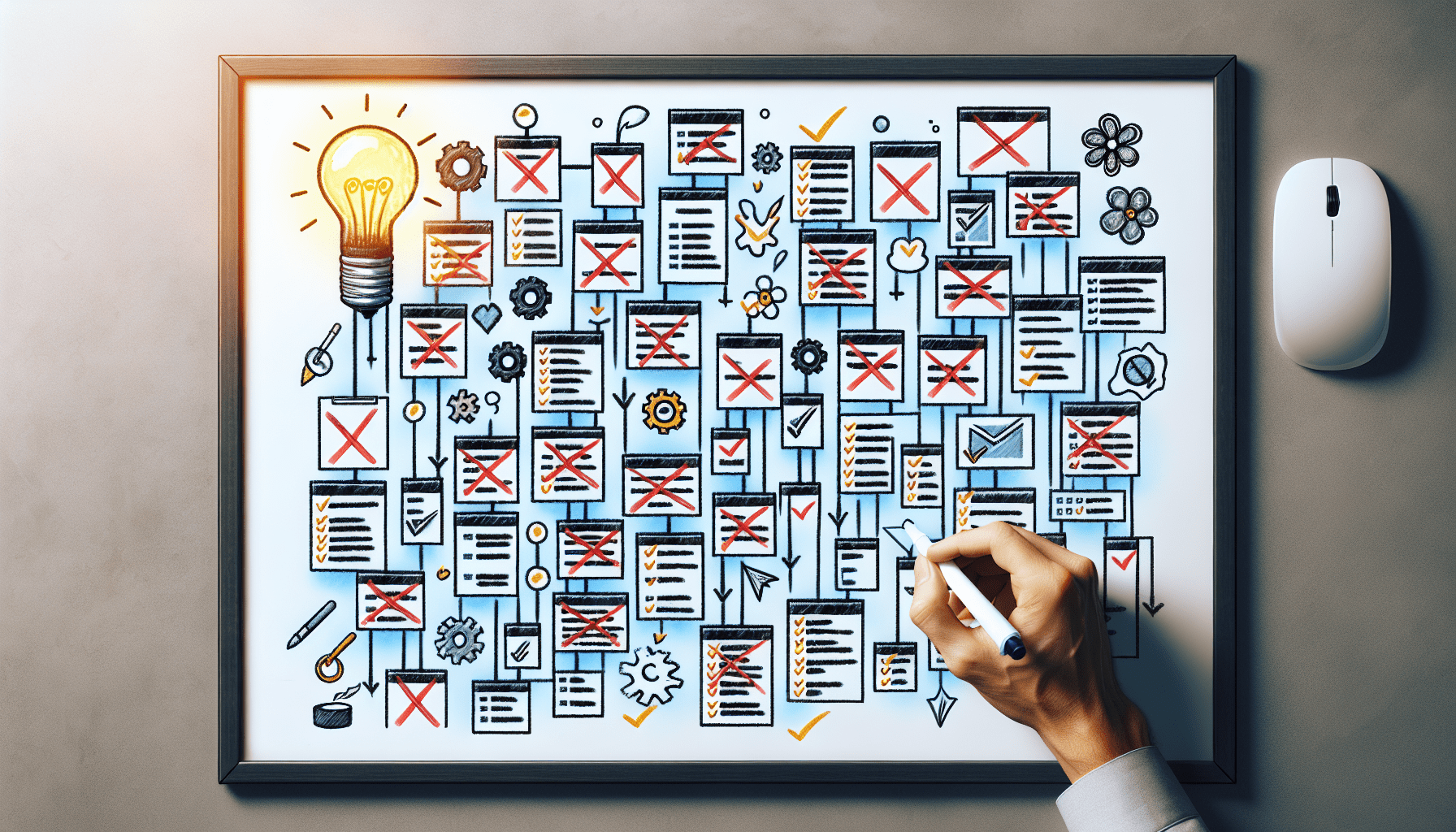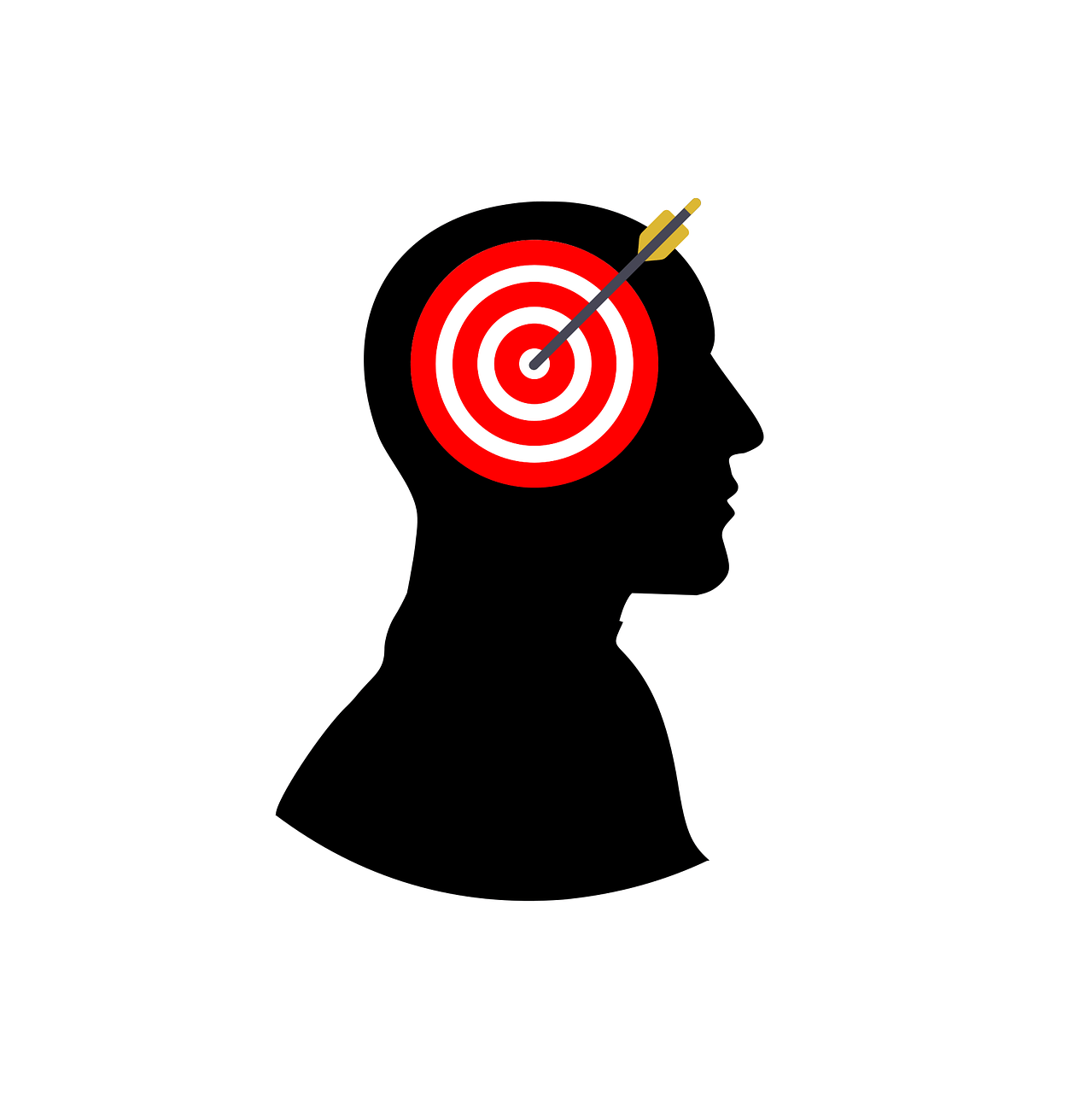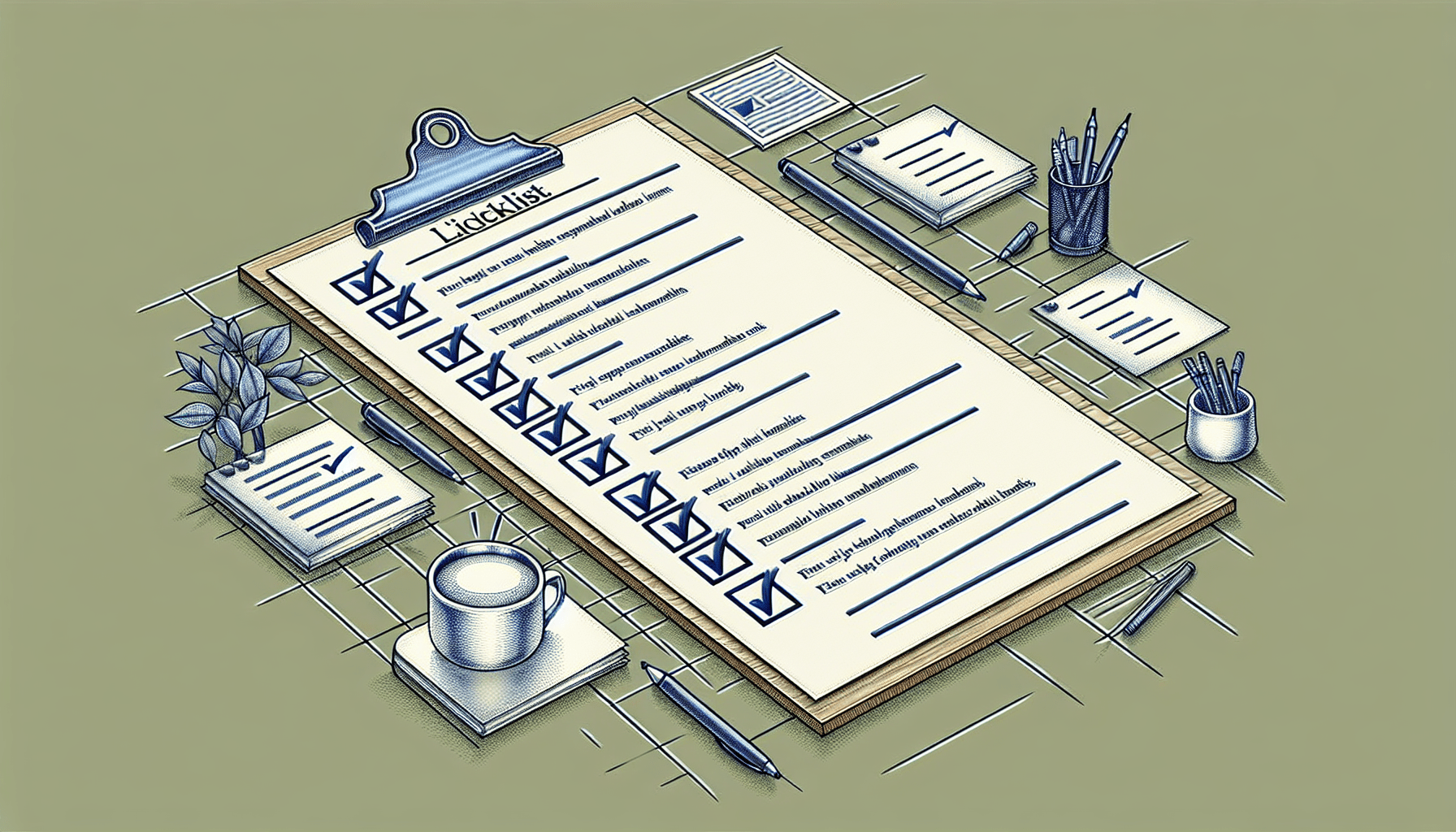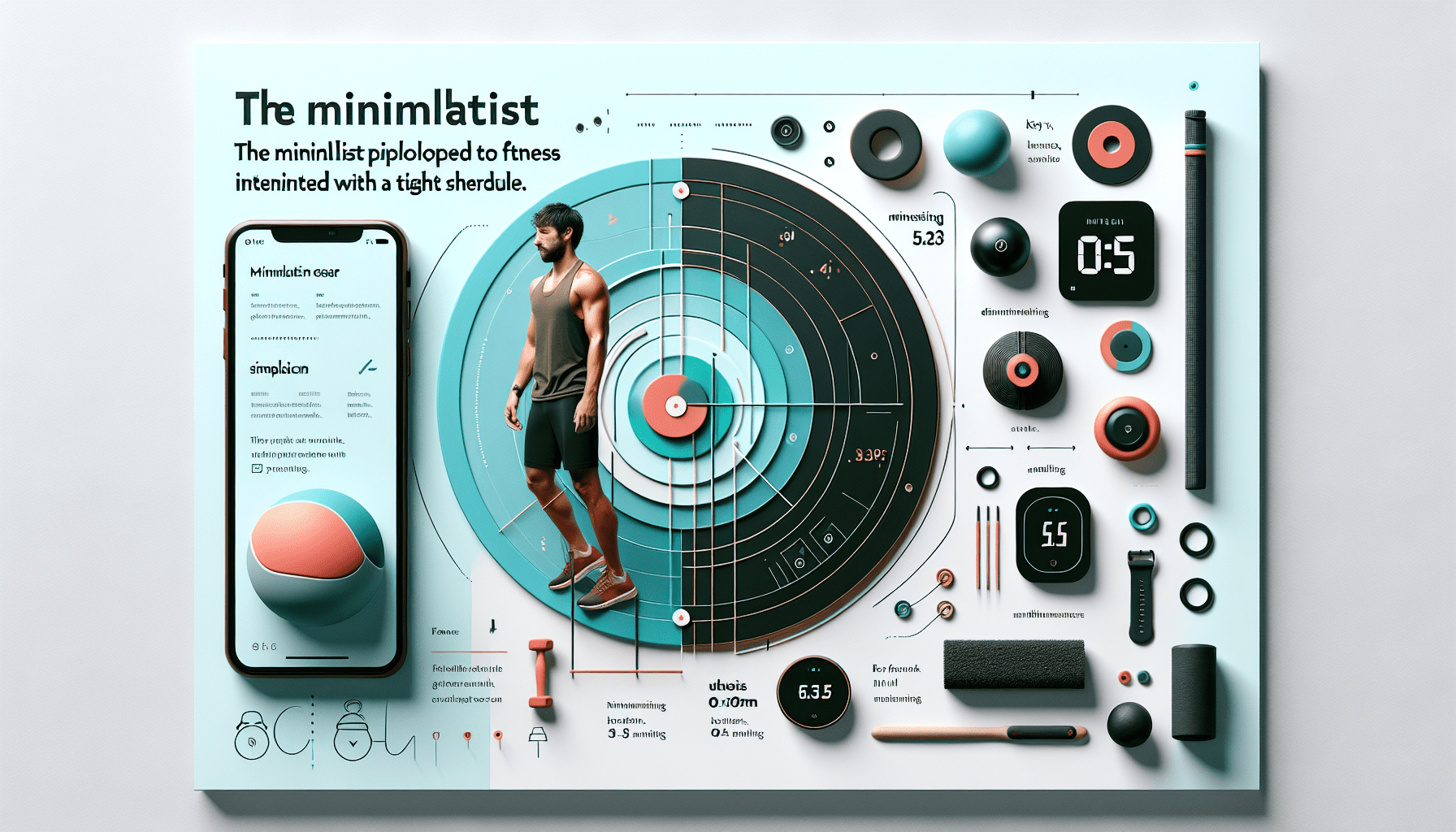
The Art of Less: Minimalist Time Management Strategies

Have you ever thought about doing more by doing less?
In today’s fast world, the idea of a minimalist lifestyle is popular. It’s not just about cleaning out your closet. It’s also about managing your time and commitments better. By simplifying our schedules and prioritising tasks that matter to us, we can be more productive and feel in control.
Experts like Joshua Becker show us how living intentionally can change our lives. They encourage us to tidy up our routines and focus on what’s important.
So, how can we use intentional living to change how we manage our time? This article will show you minimalist strategies. These strategies can make you more productive and reduce stress in your daily life.
Key Takeaways
- Minimalism is about choosing what we value most.
- Using minimalist ideas in time management can clear up our schedules and commitments.
- Good time management means being more productive and less stressed.
- Tools like the Eisenhower Matrix and Pomodoro Technique are key.
- Time blocking and task batching help us focus and work better.
Understanding Minimalism in Time Management
Embracing a minimalist mindset in time management means more than just getting rid of stuff. It’s about making choices to make our daily routines better. This way, we focus on what’s important and live a simplified life filled with purpose.
What is Minimalism?
Minimalism is a way of life that helps us get rid of the unnecessary. Joshua Becker says it’s about picking what’s valuable and cutting out distractions. In time management, it means choosing activities that match our goals and values. This way, we do more with less effort.
Why Apply Minimalism to Time Management?
Using minimalism in time management helps us make intentional decisions about our time. This brings many benefits:
- Improved focus and clarity – With fewer distractions, it’s easier to focus on what’s important.
- Reduced stress and anxiety – Cutting out non-essential tasks makes our minds more peaceful.
- Enhanced productivity – A simple routine lets us work more efficiently and effectively.
Minimalism has changed how we manage our time over the past 15 years. Groups like Becoming Minimalist and Simplify Magazine show its impact. Simple habits like planning the next day and batching similar tasks are key. Understanding our work rhythms and sticking to routines helps us work better.
Adding minimalism to our time management helps us reach our goals and improve our lives. It’s about making intentional, thoughtful choices.
Benefits of Minimalist Time Management
Embracing minimalist time management has many benefits. It helps us focus better and see what’s truly important in our lives. Effective scheduling is key to minimalism. It makes us more productive and leads to a balanced, fulfilling life.
By following these principles, we can live more intentionally and peacefully.
Improved Focus and Clarity
Minimalist time management brings clarity to our routines. It helps us drop unnecessary tasks and focus on what’s really important. This means we can reduce busyness and aim for our main goals.
Research shows we often achieve more on our last day before a holiday. This shows how focusing on important goals without distractions can make a big difference.
Reduced Stress
Minimalist time management also reduces stress. By focusing on what’s important and saying no to the rest, we avoid burnout. This leads to a calmer mind and better well-being.
Organising our tasks makes our days less anxious and more efficient. Following a set schedule helps us stay consistent and achieve long-term success.
Enhanced Productivity
Streamlining our tasks boosts our productivity a lot. Research says focusing on the most important task each day can make us more productive. With fewer distractions, we can do meaningful work and see real results.
Removing unnecessary activities also helps us avoid decision fatigue. This makes us more efficient and productive.
| Benefit | Impact |
|---|---|
| Improved Focus | Increases concentration, leading to rapid task completion. |
| Reduced Stress | Lowers anxiety by minimising obligations. |
| Enhanced Productivity | Boosts output by prioritising essential tasks. |
Setting Clear Priorities
Setting clear priorities is key to success in both personal and professional life. We need to make sure our goals match our values. This helps us make decisions that lead to meaningful outcomes. By focusing on prioritisation in minimalism, we can use our time and energy wisely.
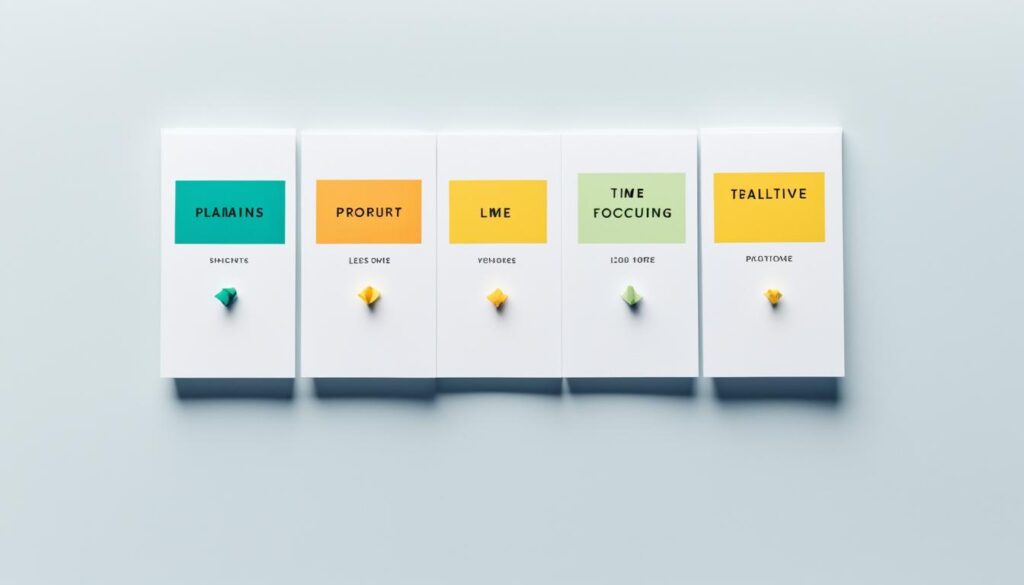
How to Define Your Priorities
First, identify your most important goals. Think about what fits with your long-term dreams and what tasks will help you get there. Keeping a time log in 15-minute intervals can show where you might be wasting time.
Covey, Merrill, and Merrill (1994) suggest sorting tasks into urgent, important, not urgent, and not important. This helps focus on what’s most important.
- Analyse and record activities in 15-minute intervals.
- Identify urgent and important tasks using Covey’s method.
- Block out time for high-priority activities and protect this time diligently.
The Importance of Aligning Priorities with Goals
Linking our daily life with our goals is crucial for good time management. When our daily actions match our deep desires, we feel balanced and productive. Dodd and Sundheim (2005) say that those who manage their time well do more, feel less stressed, and live better.
People practising good time management techniques are more productive, feel less stressed, have more free time, relate better to others, and get more tasks accomplished.
Good scheduling means planning tasks when we’re most productive. Set aside uninterrupted time for important tasks. Regularly check and adjust our plans to stay focused, avoid distractions, and cut out time-wasters. Delegating tasks helps us focus on what we’re best at and what aligns with our goals.
By aligning our daily life with our goals and improving how we prioritise in minimalism, we can lead a more organised, stress-free, and rewarding life.
Utilising Time Blocking Techniques
Time blocking is a great way to boost productivity and make a clear schedule. It’s different from to-do lists, which can feel overwhelming. Time blocking breaks our day into set times for different activities.
What is Time Blocking?
It means setting aside certain times on our calendars for specific tasks or groups of tasks. This helps us focus on one thing at a time, reducing distractions and multitasking. It’s based on efficient scheduling, making it easier to handle our tasks and reach our goals.
- Identify Tasks: Start by listing out all the tasks that need to be completed.
- Prioritise: Rank these tasks by importance and urgency.
- Block Time: Allocate dedicated time blocks within your calendar for each task, ensuring you cover both work-related and personal activities.
- Stick to the Schedule: Follow the time blocks as closely as possible to maintain discipline and experience the benefits.
- Adjust as Needed: Regularly review and adjust your schedule to accommodate any changes or new priorities.
Steps to Implement Time Blocking
Following these steps makes implementing time blocking easy.
- Identify Core Tasks: Begin by identifying the core tasks you need to complete. This could include meetings, project work, and personal commitments.
- Prioritise & Assign: Evaluate and place tasks in order of priority. Allocate specific time slots for these tasks in your calendar, ensuring they align with your peak productivity periods.
- Batch Tasks: Group similar tasks together and schedule them in dedicated blocks. This reduces the mental energy needed for context switching.
- Utilise Day Theming: Consider assigning specific themes to your days. This was famously used by Jack Dorsey to manage his responsibilities at both Square and Twitter efficiently.
- Stay Flexible: While it’s essential to stick to the blocks, remaining adaptable to changes is equally crucial.
By using calendar blocking, we can greatly improve our productivity and manage our time better. Studies show that a structured efficient scheduling approach can lead to the same results as working longer hours. This proves the effectiveness of this method.
The Pomodoro Technique: A Minimalist Approach
The Pomodoro Technique is a top choice for those looking to manage their time better. It helps you stay focused and productive with focused work sessions. Work in 25-minute chunks, then take a 5-minute break.
Introduction to the Pomodoro Technique
Francesco Cirillo created the Pomodoro Technique. It’s a well-known time management strategy. Cirillo found that 25 minutes of work with short breaks keeps you productive. These focused work sessions are done four times, ending with a 15-20 minute break.
This method is easy to use and fits both work and personal life. Over 2 million people use it every day to stay focused and avoid burnout. Research shows that regular breaks help reduce health risks from sitting too much.
How to Implement the Pomodoro Technique in Your Routine
To add the Pomodoro Technique to your day, follow these steps:
- Select a Task: Pick a task you want to tackle.
- Set the Timer: Set a 25-minute timer and focus without any distractions.
- Focus Entirely on the Task: Work hard until the timer goes off.
- Take a Short Break: Relax for 5 minutes before starting again.
- Repeat: Do this cycle four times, then take a 15-30 minute break.
You can make the Pomodoro Technique work for you by changing the work and break times. Use Pomodoro timer apps like Pomodor for more flexibility. Keeping track of how many Pomodoros you do for each task helps with planning and time management.
Some might find it inflexible, best for short tasks, not long ones. But its simplicity is its strength. It turns big tasks into smaller, manageable parts. This makes work more productive and less stressful.
Mastering Task Batching for Efficiency
Streamlining tasks is key to an efficient workflow. Task batching groups similar tasks together for a set time. This method helps reduce the mental strain from switching between tasks often.
Understanding Task Batching
Task batching means grouping tasks that are similar and doing them all at once. This cuts down on the interruptions that break up our day. For example, setting aside specific times to check emails helps manage them quickly and efficiently.
Benefits of Task Batching
Task batching has more than just organisational benefits. It helps us focus on similar tasks at once, boosting productivity and reducing distractions. Studies show that 70% of workers feel distracted at work. Task batching can help by creating a focused work space.
It also helps us stay on track by reducing the time it takes to get back into focus after an interruption. This can make us more productive.

Examples of Task Batching in Daily Life
Adding task batching to our daily life can be easy and effective. Here are some examples:
- Social Media Management: Use specific hours to schedule and post content. This streamlines social media tasks.
- Email Checking: Allocate time slots for reading and answering emails. This helps avoid mixing it with other tasks.
- Client Meetings: Have all client meetings back-to-back. This leaves the rest of the day for deep work, boosting productivity.
Let’s look at some data to see how effective task batching is:
| Task Batching Examples | Time Saved | Productivity Increase |
|---|---|---|
| Checking Emails | 1 hour/day | 40% |
| Social Media Posts | 30 minutes/day | 30% |
| Client Meetings | 1.5 hours/day | 50% |
Task batching can change how we streamline tasks and boost productivity. By setting aside specific times for certain activities, we can focus better and work more efficiently.
Adopting the Eisenhower Matrix for Decision Making
Managing our daily tasks effectively needs the right tools and strategies. The Eisenhower Matrix is a powerful method for better prioritisation and task management.
What is the Eisenhower Matrix?
This tool, named after Dwight D. Eisenhower, helps manage tasks by looking at their urgency and importance. It splits tasks into four areas:
- Quadrant I: Urgent and Important – tasks that need quick action.
- Quadrant II: Important but Not Urgent – tasks key for future goals but not urgent.
- Quadrant III: Urgent but Not Important – tasks that others can do.
- Quadrant IV: Neither Urgent nor Important – tasks to drop.
It helps people and teams sort tasks well, making it clear which need quick action and which can wait or be given to others.
How to Use the Eisenhower Matrix for Effective Prioritisation
To use the Eisenhower Matrix well, follow these steps:
- Identify Tasks: Write down all tasks and sort them into the four areas.
- Evaluate Urgency vs. Importance: Separate tasks by urgency and importance.
- Action Plan: Handle Quadrant I tasks first, plan Quadrant II tasks, delegate Quadrant III tasks, and drop Quadrant IV tasks.
- Visualise Priorities: Use colours to mark tasks and keep a clear view of what’s most important.
- Limit Tasks: Stick to 5 to 7 tasks per quadrant each week to avoid too much work.
Teachers, for example, work long hours, often over 54 hours a week, as shown in a 2022 EdWeek Research Center survey. Keeping to-do lists in each quadrant helps them manage their time better. This way, they focus on what really matters.
Here’s how tasks are usually split:
| Quadrant | Task Type | Action |
|---|---|---|
| Quadrant I | Urgent and Important | Do First |
| Quadrant II | Important but Not Urgent | Schedule |
| Quadrant III | Urgent but Not Important | Delegate |
| Quadrant IV | Neither Urgent nor Important | Don’t Do |
The key idea of the Eisenhower Matrix is that what is important is seldom urgent, and what is urgent is seldom important. Using this matrix helps us focus on what’s truly important. It makes our task management better, leading to a better balance in life.
Conducting Regular Time Audits
Starting to manage our time better begins with a detailed time audit. By regularly assessing time use, we move towards a more structured daily life. A deep analysis of our productivity can greatly improve our efficiency.
Why You Need to Audit Your Time
A time audit gives us clear data to see what needs changing. By logging our activities for several days, we see how we spend our time. It’s key for reaching our goals well. It shows us when we work best and what distracts us.
Steps for Conducting a Time Audit
- Determine Goals: Clearly state what you want from your time audit. Know when you work best and what distracts you.
- Track Time Accurately: Tools like automated apps make tracking easy and precise, avoiding mistakes from memory.
- Analyse Gathered Data: Look at the data to spot patterns. This helps see when you’re most productive and when you tend to delay tasks.
- Create a Time Management Plan: Use your findings to make a plan. Do important tasks when you’re most productive and group similar tasks together.
- Evaluate and Adjust the Schedule: Keep checking how you’re doing against your goals and change your schedule as needed. This helps improve over time.
Following these steps, we use a time audit to make our daily routines better. This boosts our productivity and balance between work and life. Regular productivity analysis leads to a more thoughtful way of managing our time.
Incorporating Digital Detox into Your Routine
Our lives are filled with digital devices, leading to digital clutter. This clutter affects our productivity, health, and well-being. A digital detox can help reduce this clutter, improve focus, and offer many benefits. Let’s look at how digital clutter affects productivity and how to detox effectively.
The Impact of Digital Clutter on Productivity
Digital clutter can block our productivity. Constant notifications and endless online content distract us often. People spend over seven hours a day on screens, which harms work efficiency and leads to poor sleep and a sedentary lifestyle.
Social media and emails are big reasons for this high screen time. They cause eye strain, headaches, and increase stress and anxiety. Knowing how digital clutter affects us is key to getting back our focus and boosting productivity.
Tips for Effective Digital Detox
To start a digital detox, set clear goals and pick a time frame. This helps you stay on track. Tell others about your plan to manage their expectations and prepare for offline activities.
Identify your digital habits and set boundaries, like device-free zones and turning off non-essential notifications. This reduces distractions. Turning off screens an hour before bed also improves sleep quality.
These steps help us have a healthier relationship with technology. It leads to better mental clarity and focus.
During the detox, focus on activities that make you feel good and help you grow. Enjoy nature, be creative, practice mindfulness, and spend time with family. Reflecting on your detox and keeping healthy digital habits can make the benefits last.


